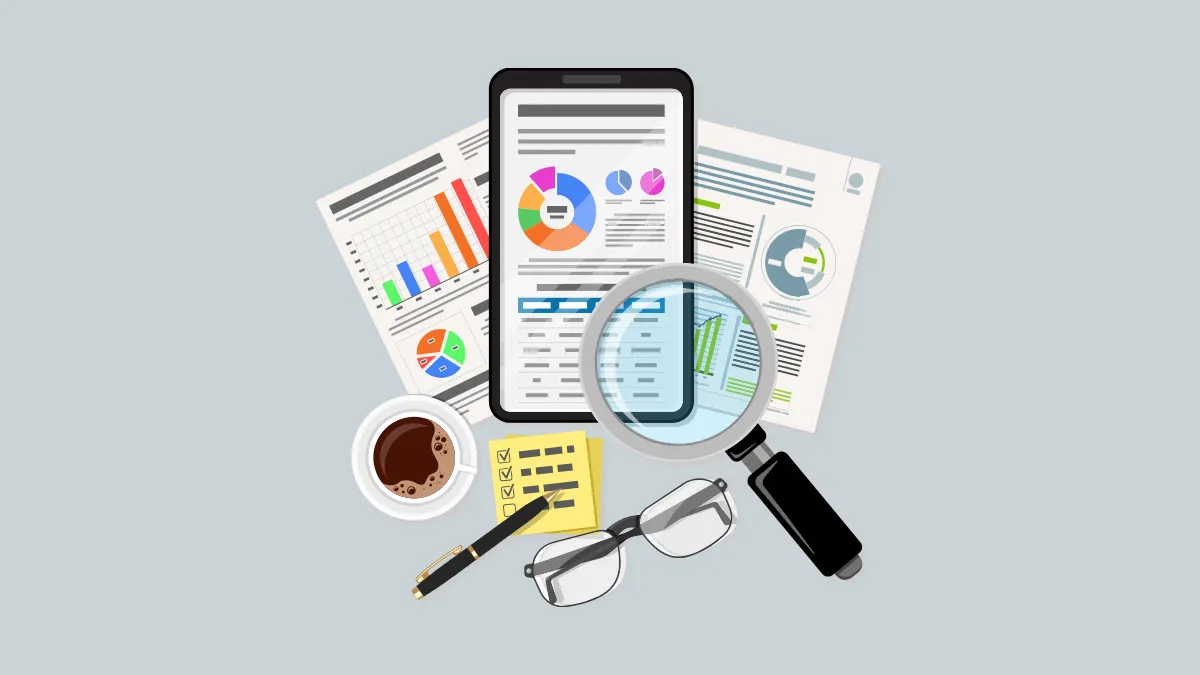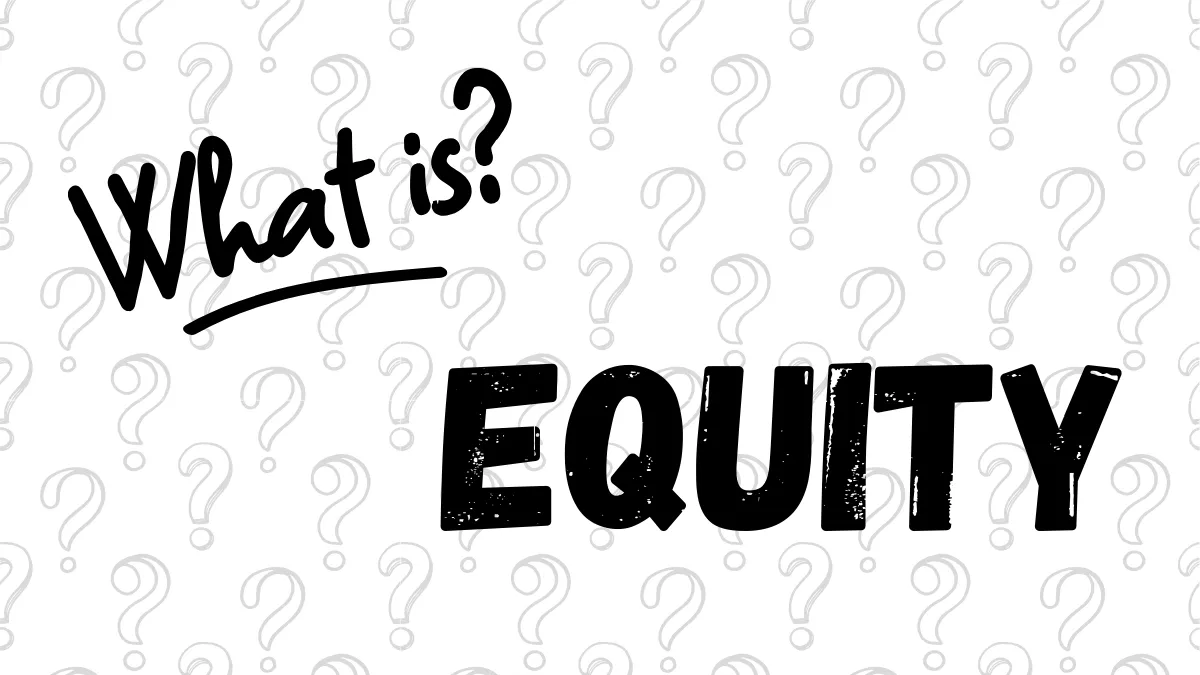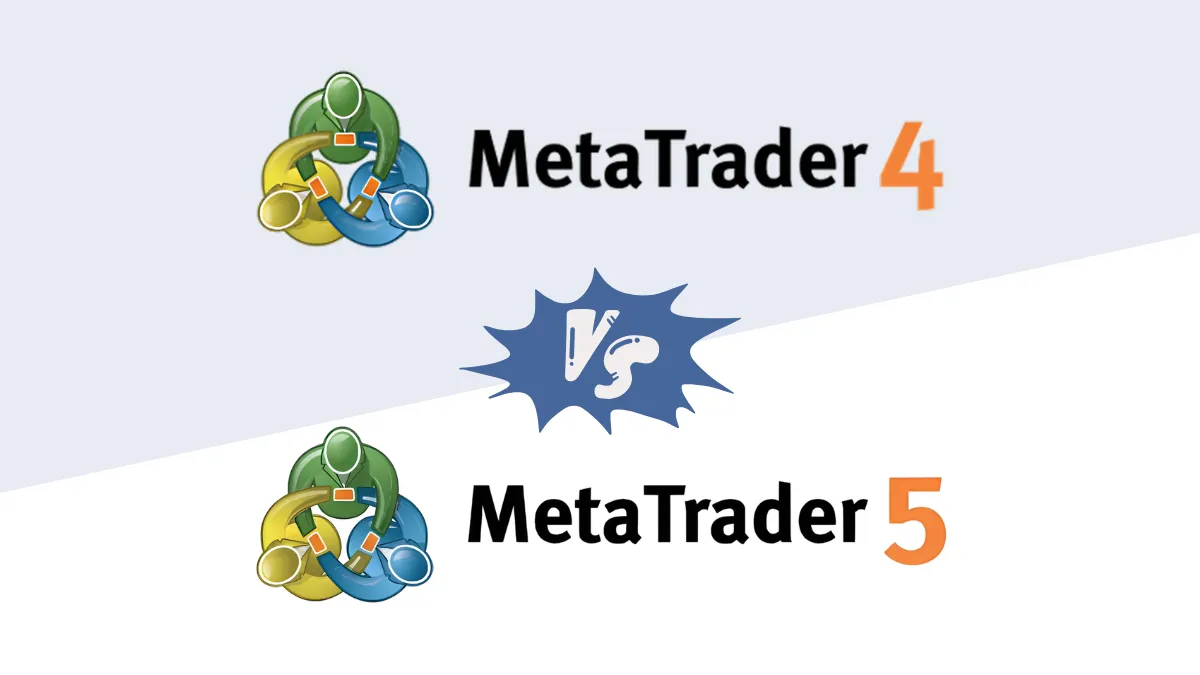Trading Behavior and Professional Terminology in the Forex Market
In the forex market, the main behavior of traders is to simultaneously buy one currency and sell another, profiting from the value difference and interest rate differential between the two currencies.There are four main ways to trade forex, including:
- Physical currency exchange
- Spot forex
- Forex futures
- Margin trading
Among these, forex margin trading is the most common. Therefore, when people talk about forex trading, they are usually referring to forex margin trading.
In the field of forex trading, there are many professional terms, such as Pips, Pip value, and Pip spread. Next, we will explain the meanings of these forex terms in detail:
What is a Pip?
A Pip stands for percentage in point. It is the unit of change in a forex exchange rate and the most common unit of measurement in forex trading.In most forex pairs, such as EUR/USD, GBP/USD, etc., the fourth decimal place is 1 pip. Only in USD/JPY is the second decimal place called 1 pip.
For example, when the price of EUR/USD changes from 1.07370 to 1.07381, the difference is 0.00011, which means it has changed by 1.1 Pips.
The profit or loss for an investor from this 1.1 pip change is determined by the contract specifications and the number of contracts traded. This is the meaning of Pip value, which we will introduce next.
What is Pip value?
Pip value is the price of one pip, and this price is determined by the contract size and the number of contracts the investor trades.Formula: Pip value = Pips * Contract size * Number of contracts
Forex trading is conducted in the form of contracts, similar to futures trading. However, in futures trading, contracts are referred to as "contracts," while in forex trading, we use "lots".
In a standard forex contract, a standard contract is 1 lot, and a mini contract is 0.1 lots. 1 lot represents 100,000 currency units, while 0.1 lots represents 10,000 currency units. This is the 10x scale difference between a mini contract and a standard contract.
-
Standard Contract
- 1 lot = 100,000 currency units
- Each 1 pip change = 10 currency units (0.0001 * 100,000 = 10)
-
Mini Contract
- 0.1 lot = 10,000 currency units
- Each 1 pip change = 1 currency unit (0.0001 * 10,000 = 1)
Example with EUR/USD:
If you trade 1 lot of EUR/USD, the pip value is 0.0001 x 100,000 = $10. This means that for every 1 pip fluctuation in the EUR/USD price, the investor will make or lose $10.
Therefore, if you trade 2 lots of EUR/USD, the pip value will be $20. This means that for every 1 pip fluctuation in the EUR/USD price, the investor will make or lose $20, which illustrates that the number of contracts affects the pip value.
If the opening price of EUR/USD is 1.16010 and it is sold at a price of 1.16945, the profit would be 93.5 Pips.
Therefore, the profit/loss for one standard contract = 0.00935 * 100,000 (contract size) = $935.
What is Spread?
Whether you are exchanging currency at a bank or trading on a forex platform, there will always be two quotes for currency exchange.One is the selling price, which is the seller's quote (Ask), and the other is the buying price, which is the buyer's quote (Bid). The difference between these two prices is what we call the Spread.
Formula: Spread = Ask price - Bid price.
The spread between the bid and ask prices is effectively the commission charged by the bank or broker. Therefore, the spread can be considered one of the costs of each forex transaction.
Hi, We are the Mr.Forex Research Team
Trading requires not just the right mindset, but also useful tools and insights.Here, we focus on Global Broker Reviews, Trading System Setup (MT4 / MT5, EA, VPS), and Forex Trading Basics.
We personally teach you to master the "Operating Manual" of financial markets, building a professional trading environment from scratch.
If you want to move from theory to practice:
- Help share this article to let more traders see the truth.
- Read more articles on Broker Tests and Forex Education.





